The way we learn and teach is changing. We have mobile devices that help us learn faster than ever, share our knowledge with the world and collaborate with others. Here are some ways in which smartphones can be effective for learning and teaching.
1. How smartphones can be effective for learning and teaching
A smartphone can be more than just a way to take pictures, send texts, and look at social media. There are also lots of ways it can be effective in your career and for learning and teaching. Here are a few great ways to use your smartphone to help you improve your career and learn: 1) Use a dictionary app to learn new words and expand your vocabulary. Dictionary.com has over 700,000 words; You can see 42 synonyms and 20 examples that are color coded. When looking at definitions and definitions, always look for the definition in a complete sentence. You don’t want to look up a word, look at it word for word and then Google it. Try to read the definition once, then look it up word for word and look at the definition.
2) Take a chapter from a book that was assigned to you using a smartphone. The apps There are a few great apps that can translate languages, erase/pencil mistakes, highlight highlighted words, and list definitions from any word. These apps make exercising your brain an easier procedure and give you a great added advantage. Are you a visual person? You can also download word games and other courses that your child can play. The $.99. dollars for apps puts the parent/child level above the child verification.
3) Search for a definition in the dictionary. Show the definition and get the associated answer of what the word means. Highlight the definition highlighted and go back in time. It’s going to be easy now to tell you what you mean.
4) Ask a fellow student a question. Ask her a question from her home or college curricula. This can be a great way to expand on what you are learning.
5) Record what you are learning using audio and/or video. This can be used to enhance any type of learning, whether on computers, in real life, or in lessons.
6) Listen to and/or watch video lessons on any subject. For at least some subjects, inexpensive video or audio teaching sets can be purchased (even with a high school diploma).
2. The benefits of having a smartphone in the classroom
A study published in the International Journal of Mobile Learning and Organisation found smartphones are as important as textbooks when it comes to learning.
The study found that students who own smartphones and use them in class are more engaged, have better attendance, and outperform students who don’t have smartphones. Keep reading to learn what you should keep an eye out for, and check out the top 10 real world ways to use smartphones to teach in class. Study evictions to save on housing and save for mortgage If you own a smartphone, check out this experiment which found people rent their houses less often if there is an eviction on the books.
Some tenants don’t mind rentals being on the market for as long as there is an unsettled situation, whereas others would be more upset with the prospect of being kicked out.
Talking to tenants is one of the best ways of finding out what tenants may be thinking, and what sort of expectations they may have. You’ll be able to use this information to plan a better eviction in the future, as not all tenants are aware of their rights and how to apply them. Housing is a big issue these days, especially amongst first time home buyers.
One of the easiest ways to save on your housing costs and get a great rental property is to avoid evictions—regardless of the reason behind the eviction. You can avoid evictions if you know how to talk to tenants and find out what kinds of situations cause them to be in a difficult situation.
This way, your renters will be able to show you the best ways to avoid pressing issues and to avoid having to evict. . PRACTICE LANGUAGE AND TIMING Part of being a good student involves having patience. You have to be willing to learn (and be willing to put time into learning) not just in the subject you’re trying to learn, but also about the people you’re talking to and their personalities.
3. How smartphones can be effective for teachers
According to the American Psychological Association, smartphones can be a very effective tool for teachers. The report says that smartphones can improve communication between teachers and parents. They can also be used to give parents access to homework assignments and grades.
Yet, learning isn’t easy for smartphone owners, as research has shown that they struggle with reading. Research indicates that the good learning experience comes with an increase in problem-solving and dependence on verbal feedback. To find out how the smartphone could boost your education, we analyzed the following 41 uses of smartphones for education and learning.
According to the Organization for Economic Cooperation and Development (OECD), English-speaking industrialized countries are doing a less good job to educate their children. They have the lowest educational attainment rates and low university degrees’ in most countries. There are initiatives in the Western countries to improve the situation. In the United States, the rollout of Common Core and the increasing adoption of wide-agreed standards encourages teachers to adopt new approaches and encourage learning with technology. This to prepare students with the basic skills, needed to access higher education.
Today, when teachers provide digital experiences and connect with other students digitally, it connects them closer to their students. The use of mobile phones increases communication and collaboration, lowering the class's gap with its peers from other countries. As the use of smartphones increases among students to encourage learning and learning together, more can learn at home. This has been practiced in schools in New Urbanist communities.
In the wake of the pandemic, when rural students aren’t able to go to school due to restrictions put in place by the government or quarantine policies put in place by the universities, phone calls between friends are being used to connect with each other to not only continue with school, but also continue their education. The Pedagogical Theory of Possibilities (PTOP) is an approach designed to adapt learning environments to students and minimize external stress to make learning more enjoyable.
4. How smartphones can be effective for students
Smartphones can be a very useful tool for students because they’re convenient, portable, and can be used for almost anything. Students can use smartphones to take notes, complete assignments, and communicate with their teachers and classmates.
One of the most popular ways to use smartphones for students is to use a note-taking app. An important use of smartphones for students is to create portfolios so they can provide real-life examples of their accomplishments. A personal portfolio can serve as a resume for your future employers and demonstrate your skills. Students can keep track of projects they’ve successfully completed and share those details with employers.
This is a more effective and motivating way to demonstrate your skills and knowledge than simply publishing your paper online. Cell phones also enable students to stay in touch with friends directly, without the need for the use of social media platforms.
Parents can also keep an eye on what their children are doing on their phones and can support them if they’d like to know how they’re faring at school. Family members can be assigned tasks that require their availability, such as keeping an eye on homework or completing some errands when their friends are out of town. Sending a text message to wish someone a “happy birthday” or “happy birthday,” and ensuring your friends’ and family’s “I’ve got you under control” is still a very effective way to show your love and care. Smartphones aren’t just for keeping track of one’s homework.
Technology has also allowed for creation of digital learning contexts. Digital learning contexts are educational programs that are created specifically for smartphones or other mobile devices. Digital contexts are convenient learning environments that can be accessed anywhere with a mobile device. They help students get the information they need to complete their assignments correctly, add pictures, do mindless tasks until they’re bored, or gain some leisure time, and more. Apart from mobile learning contexts, online learning environments can be considered for students who do not have a mobile device.
5. How smartphones can help you learn faster
Learning on a smartphone is different from learning on a computer because smartphones are more portable, and they’re part of our daily lives.
Whether you’re waiting for a train, sitting at a cafe, or commuting, you can use your phone to learn.Mobile phone use to learn has tripled since 2015, and a recent report reveals that 75% of kids aged 8 to 13-years-old have access to at least one learning and teaching application on their smartphones. That means 70% of the kids have access to at least one app in their mobile phone to help them learn.
Let’s say your team has 3 people on it. One person can use their phone to learn while the other two are still at home so that they can continue working. Your team members won’t need to be online all day anymore, as this will only cause them to lose interest. Downloading and installing apps/learning apps will take less time and have more positive effects than going online. Here are some apps for learning and teaching that you can use for your team. We will look at the app’s features and benefits so that you can pick an app that suits your team members. Tagbooks is a great tool for learning and teaching English.
If you want to focus on your foreign language, this app can help you with vocabulary and grammar. You can learn grammar points and how to use it in real-life situations. For example, it is useful to know how to say to whom you owe money in Spanish. You can select from 11 different sub-language categories and talk to your friends. Do you remember how we learned multiplication tables or converted units of measurement? Maybe you don’t now because these were boring tasks for a while. The problem with learning multiplication tables or units of measurement is that they were introduced after you already had proficiency with older skills. Building on what you already know isn’t as practical as it used to be.


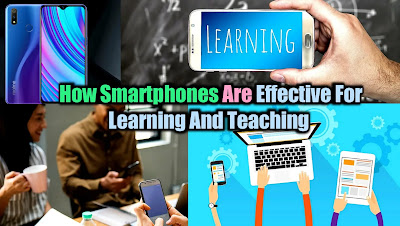
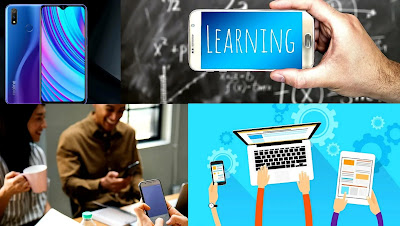

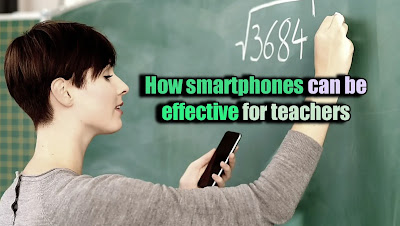
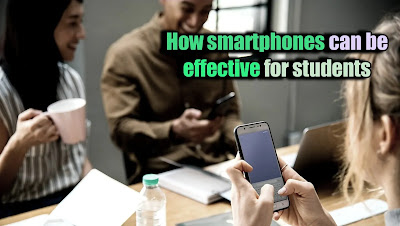
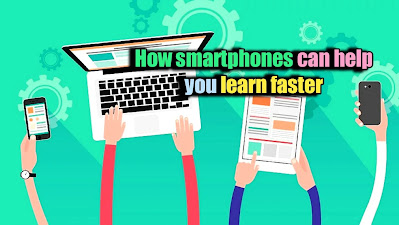




0 Comments
If you any doubts, please let me know.